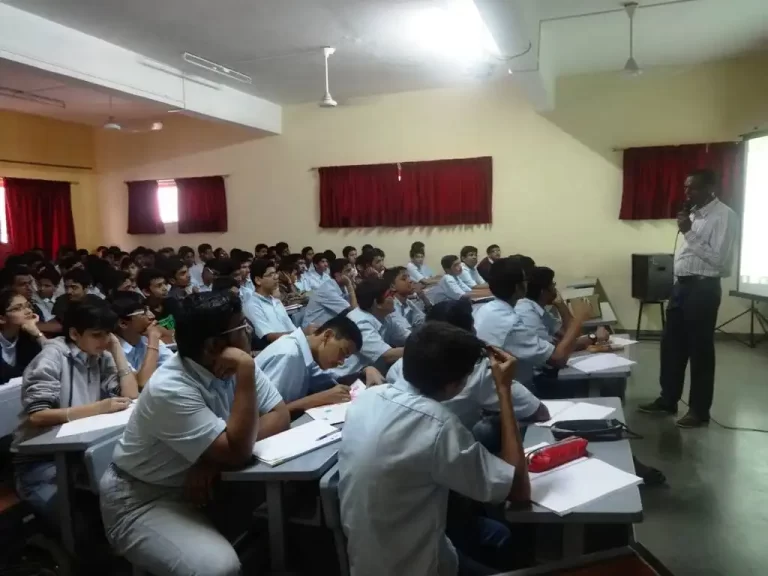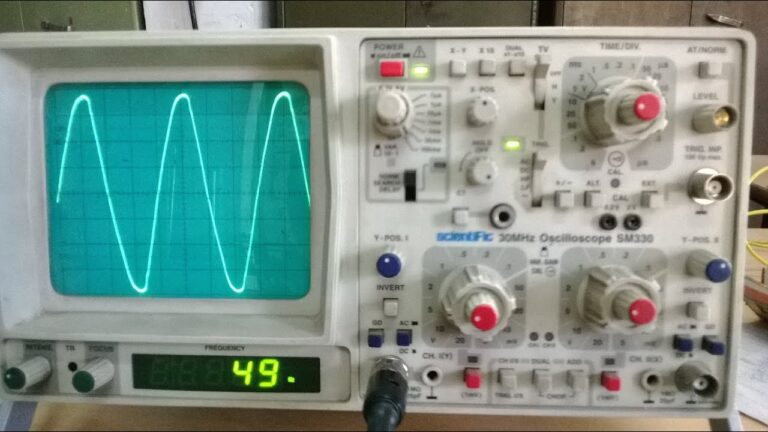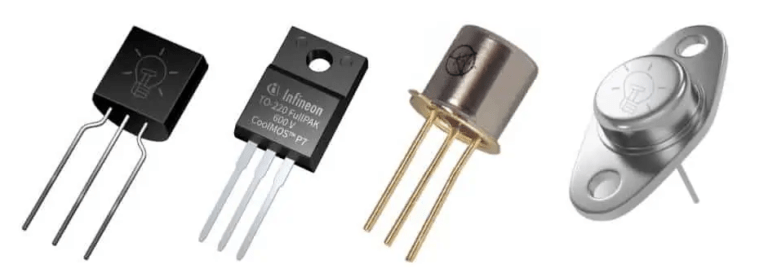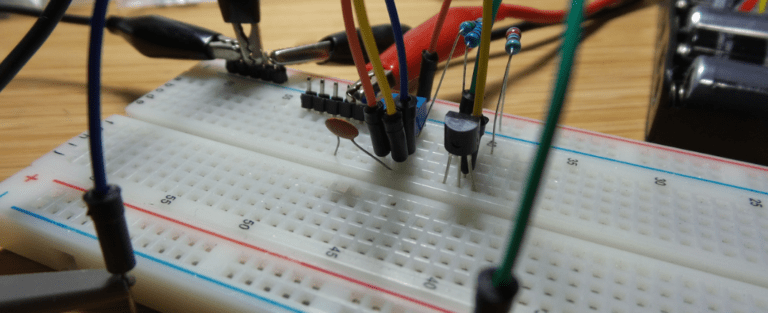
Concept of AC voltage – Learn in simple language
In this article, don’t forget to read the reference notes. Power supply is the basic requirement of any working circuit or device. We know that the electronic circuit uses semiconductors and so the circuit requires only DC power supply for…









